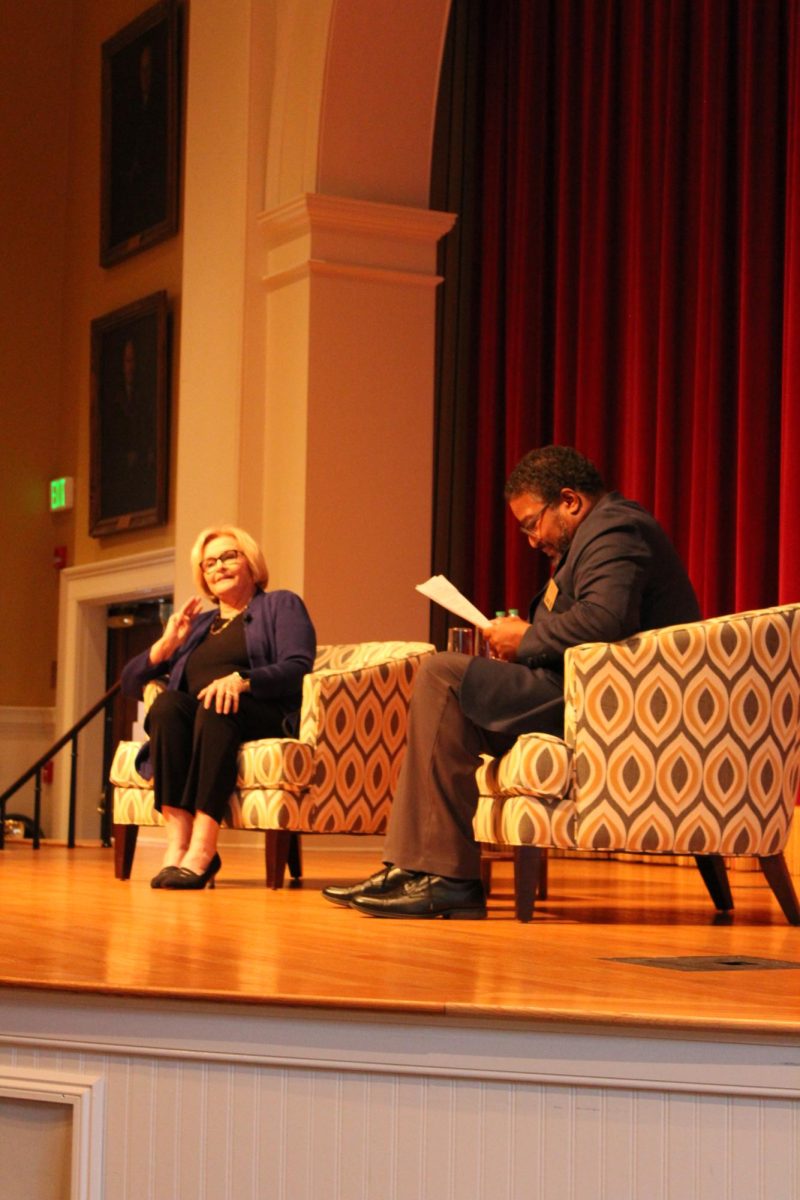By Anna Aguillard, Staff Writer
The point of this column is simple:to get you invested in the upcoming presidential election. If you haven’t been following it so far, don’t worry. That’s why this column exists. Honestly, with the historically large Republican field and Democratic field being dominated by a political icon, I don’t blame you. It’s hard to keep track of the differences between candidates when you can’t even keep tract of any names (besides Donald Trump and Hillary Clinton).
I’ll ease into political scrutiny this first week with a debriefing of candidates from both parties, in polling order.
On the GOP side, we have to begin with Trump. Polling at 32 percent according to the most recent CNN/ORC poll, Trump makes headlines for his biting political rhetoric (read: Rosie O’Donnell) and strong anti-immigration stance (read: just build a wall).
Following Trump, we have Dr. Ben Carson at 19 percent. Carson is a neurosurgeon, well-liked by supporters for his apolitical background and the fact that he “has a kind face.”
In third, we have the establishment candidate who wishes he wasn’t, Jeb Bush, former governor of Florida. Polling at 9 percent, Jeb is trying to prove that he is his own man while leading the field in endorsements.
Ted Cruz, a senator from Texas, follows Jeb at 7 percent. Cruz’s following consists primarily of Tea Party members; he has never been known to shy away from attacking federal policy.
Mike Huckabee, former governor of Arkansas, and Scott Walker, governor of Wisconsin, follow at 5 percent. Carly Fiorina, former CEO of Hewlett Packard, Rand Paul, a senator from Kentucky best known for his opposition to the NSA, and Marco Rubio, a Senator from Florida, tail the party’s more well-known candidates at 3 percent. John Kasich, South Carolina’s own Lindsey Graham, Bobby Jindal and Rick Santorum round off the field with under 2 percent each.
On the left, the field is much more narrow. In the most recent Iowa Democratic Caucus poll, Senator Bernie Sanders of Vermont leads by 41 percent to Hillary Clinton’s 40 percent. Sanders is a self-described democratic socialist, favoring policies similar to the social democratic countries in Europe, like Denmark and Norway.
Hillary Clinton was the party’s strongest candidate, until the hoopla surrounding those e-mails caused people to consider her “dishonest”. Martin O’Malley, former Governor of Maryland, earned 3 percent in the Iowa polls. O’Malley is a politician who hasn’t been receiving too much media attention— he’s mostly been outshine by the wild card that is Vice President Joe Biden, who may or may not be contemplating his own White House bid.
As the race progresses, I’ll go into detail about the policies that each candidate stands for. In the meantime, watch the debates and follow the news. In this unprecedentedly crowded race, the media should play a large part in determining which candidate America chooses. It’s important to decide for yourself who you want to be running your future.























